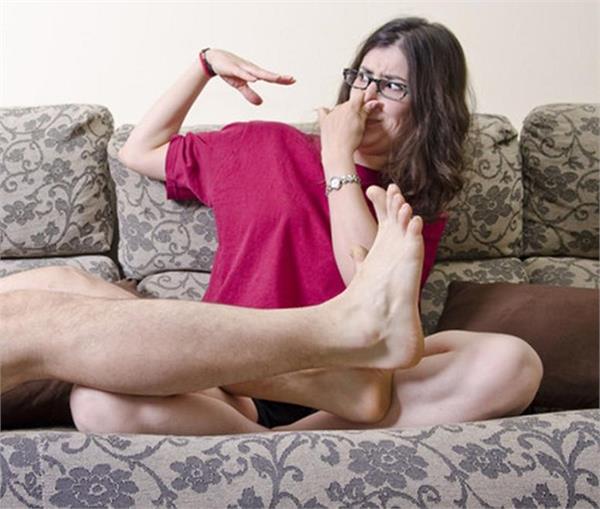We include products we think are useful for our readers. If you buy through links on this page, we may earn a small commission. Here’s our process.
Your feet do a lot of work. Whether walking around, standing for long stretches of time, or exercising, your feet are generally putting in long hours. There are many ways to soothe sore, tired feet at home. Generally, a combination of efforts will help rejuvenate your feet.
These ten methods may relieve your sore feet over time. Trying more than one of these recommendations may help ease your foot pain faster than just doing one at a time.
A warm foot bath may be just the ticket to alleviating foot pain. Adding Epsom salts to a foot bath can relieve your sore muscles and can even reduce swelling in your feet. You may be tempted to try other products in your foot soak like baking soda, but this ingredient is more likely to target skin-related conditions than soreness or swelling.
You can make an Epsom foot bath by adding one cup of Epsom salts to a tub of warm water. Soak your feet in this mixture for around twenty minutes for relief.
You can also try some stretching exercises to help your sore feet. You can target one area of your foot like your toes or heel, or you can engage in several stretches to target your entire foot. These exercises can prevent cramping and promote flexibility:
Keeping your feet flexible and strong are keys to avoiding foot pain. Walking regularly for exercise is actually the best way to keep your feet limber and healthy.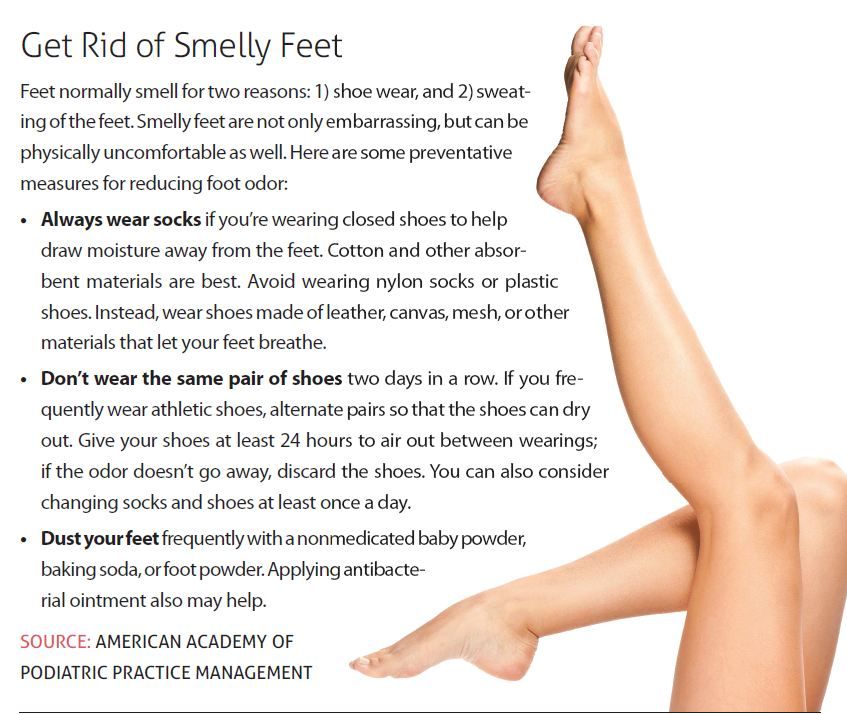 Avoid engaging in a lifestyle that is too sedentary. A pedometer may be a way to make sure you’re walking enough and keeping your feet active.
Avoid engaging in a lifestyle that is too sedentary. A pedometer may be a way to make sure you’re walking enough and keeping your feet active.
You can also try resistance exercises to strengthen your feet and prevent future soreness. You can use resistance bands or weights to build strength in your feet. Even your own body weight can serve you in resistance training.
Here are a few strengthening exercises for your feet:
You can massage your own feet to help soreness and improve circulation.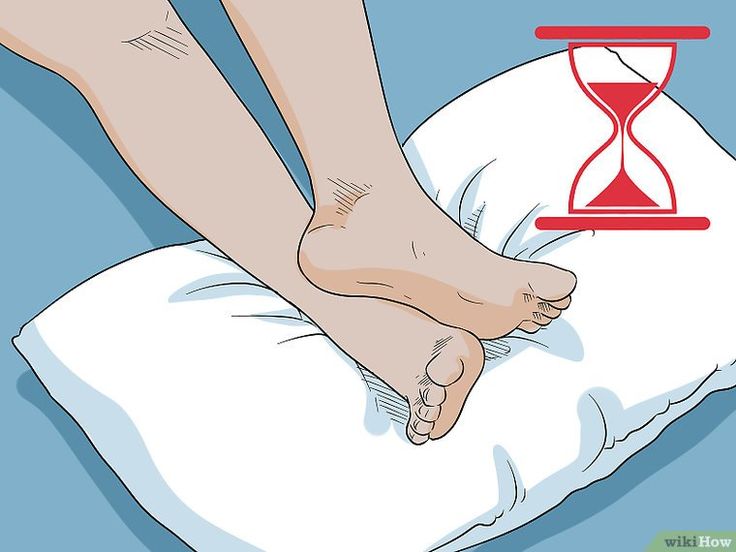 Sit down in a comfortable chair and rub and knead the bottoms of your feet. Pull apart and bend your toes to massage them. Using lotion or oil can help lubricate your skin, making it easier to massage the foot.
Sit down in a comfortable chair and rub and knead the bottoms of your feet. Pull apart and bend your toes to massage them. Using lotion or oil can help lubricate your skin, making it easier to massage the foot.
Products like foot rollers (which are textured cylinders), may also help massage the foot if you roll it on the floor with your feet.
Arch supports, or orthotics, can keep your feet stable while standing or walking, eliminating pain. You can purchase these at the store or have them custom made for you by a doctor. Both have shown to be effective in eliminating rear foot pain and improving overall foot functioning.
See arch supports for purchase online here.
Your shoes could be the culprit for your foot pain. Wearing shoes beyond their life span, the wrong style of shoe, or an incorrect shoe size can impact the health of your feet.
Keep in mind:
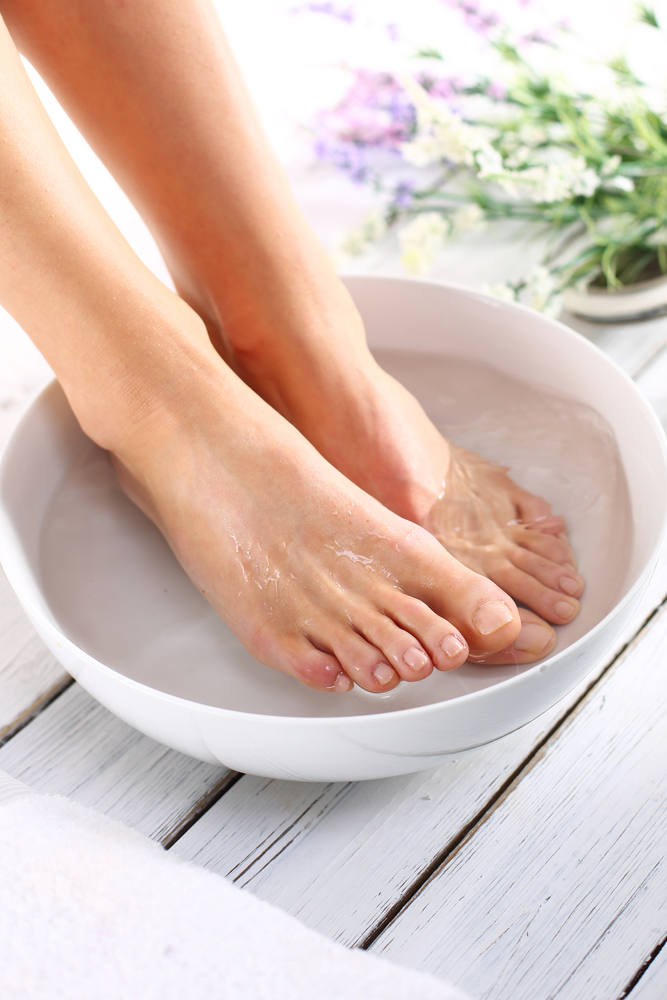
Consider purchasing new, well-fitting shoes to help your aching feet. Shoes that provide proper arches can give your feet new life. Also, wear shoes that work for whatever activity you’re engaging in. For example, wear sneakers when exercising.
Icing your feet can reduce inflammation that causes soreness. Apply ice to sore feet by filling a plastic bag with ice or rolling your feet on a frozen water bottle. Try to ice the affected area for 5 to 15 minutes a few times a day to help reduce inflammation.
There are several over-the-counter medications you can try for pain and inflammation. Medications like acetaminophen can target pain, while nonsteroidal anti-inflammatories, like ibuprofen and naproxen sodium, can target pain as well as inflammation.
You may need to take these types of medications for a few weeks to completely relieve long-lasting foot inflammation. It may be helpful to talk to a doctor to find out how long you can take one of these medications and avoid the side effects.
You may find that applying a medication topically to your foot helps with foot pain. There are some products available over the counter that offer cooling and pain-relieving sensations. Some of these medications include ingredients like menthol, eucalyptus, and turpentine. Others contain salicylates or substance P to reduce pain.
You may be able to address foot pain while you’re sleeping. Night splints keep your feet in a locked position overnight so you don’t sleep with your feet pointing, which can cause foot pain.
One study suggests that night splints may be a cost-effective and useful way to treat plantar fasciitis, a common foot condition that affects up to 1 million people per year.
Buy night splints online.
Before you try home remedies for sore feet, consider if you have a more serious condition that should be seen by a doctor.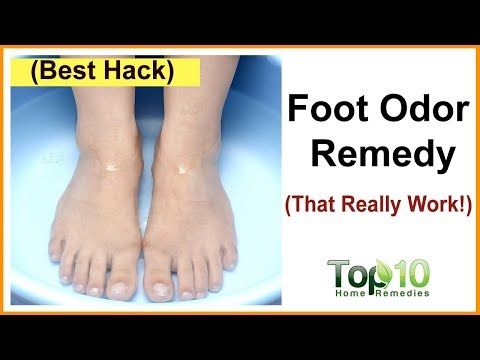 You may have injured your foot or developed a condition that can only be treated by your doctor.
You may have injured your foot or developed a condition that can only be treated by your doctor.
Contact your doctor if you:
You should contact your doctor right away if you have diabetes and experience any abnormalities with your feet, as this could be the sign of a serious condition.
There are many methods you can try to relieve sore feet at home. Try a few of these in combination to soothe your sore feet. Keep in mind that it may take some time for your sore feet to feel better.
Contact your doctor if you suspect a more serious foot condition, or if you have severe foot pain.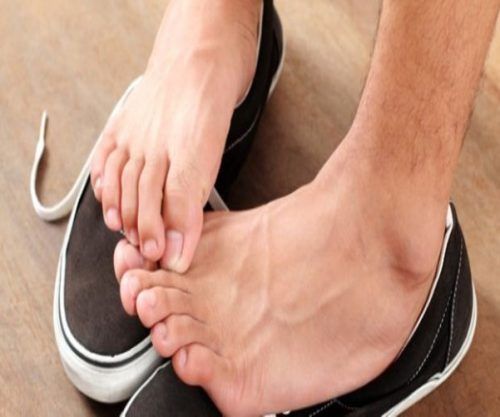 If you have diabetes and experience foot pain, call your doctor immediately.
If you have diabetes and experience foot pain, call your doctor immediately.
We include products we think are useful for our readers. If you buy through links on this page, we may earn a small commission. Here’s our process.
Your feet do a lot of work. Whether walking around, standing for long stretches of time, or exercising, your feet are generally putting in long hours. There are many ways to soothe sore, tired feet at home. Generally, a combination of efforts will help rejuvenate your feet.
These ten methods may relieve your sore feet over time. Trying more than one of these recommendations may help ease your foot pain faster than just doing one at a time.
A warm foot bath may be just the ticket to alleviating foot pain. Adding Epsom salts to a foot bath can relieve your sore muscles and can even reduce swelling in your feet. You may be tempted to try other products in your foot soak like baking soda, but this ingredient is more likely to target skin-related conditions than soreness or swelling.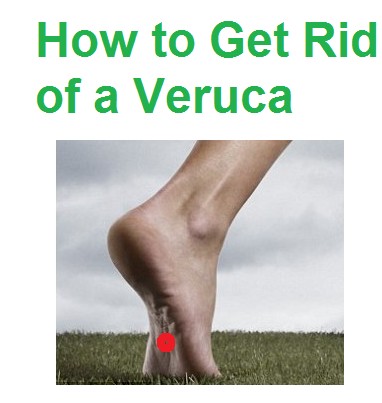
You can make an Epsom foot bath by adding one cup of Epsom salts to a tub of warm water. Soak your feet in this mixture for around twenty minutes for relief.
You can also try some stretching exercises to help your sore feet. You can target one area of your foot like your toes or heel, or you can engage in several stretches to target your entire foot. These exercises can prevent cramping and promote flexibility:
Keeping your feet flexible and strong are keys to avoiding foot pain.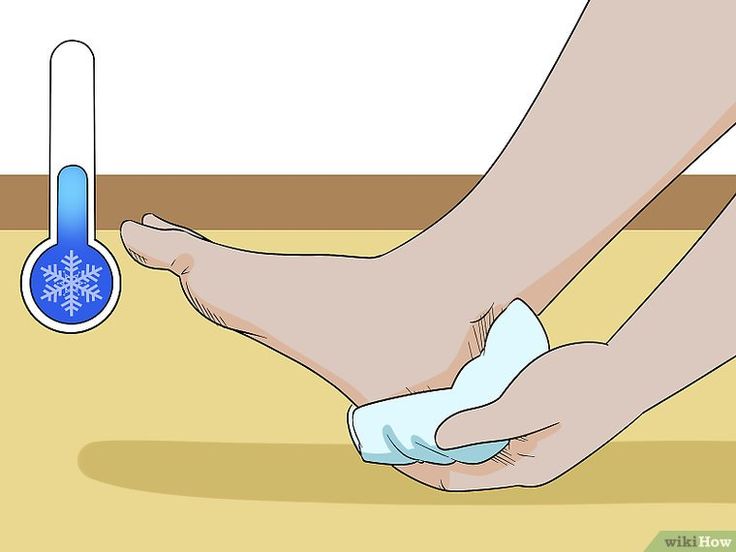 Walking regularly for exercise is actually the best way to keep your feet limber and healthy. Avoid engaging in a lifestyle that is too sedentary. A pedometer may be a way to make sure you’re walking enough and keeping your feet active.
Walking regularly for exercise is actually the best way to keep your feet limber and healthy. Avoid engaging in a lifestyle that is too sedentary. A pedometer may be a way to make sure you’re walking enough and keeping your feet active.
You can also try resistance exercises to strengthen your feet and prevent future soreness. You can use resistance bands or weights to build strength in your feet. Even your own body weight can serve you in resistance training.
Here are a few strengthening exercises for your feet:
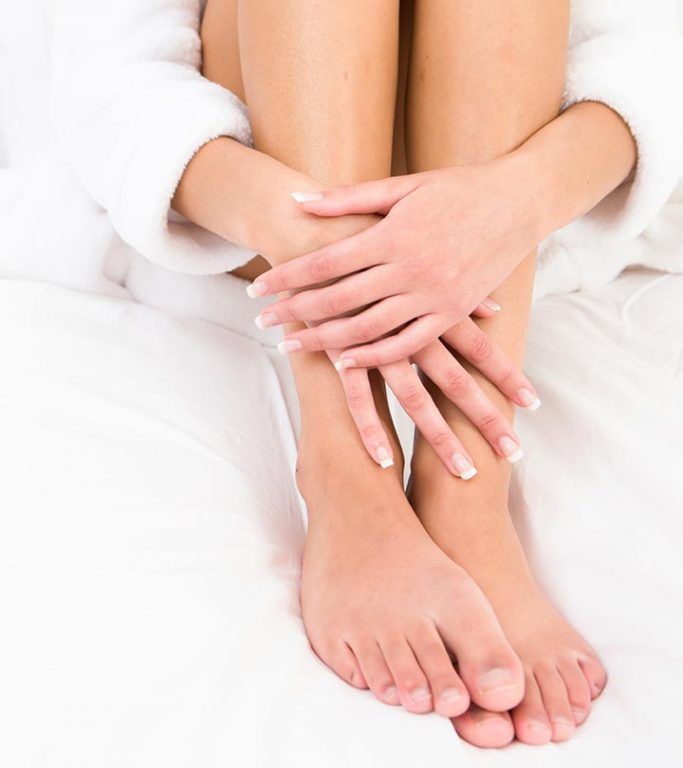 Repeat several times. This will stretch your heel.
Repeat several times. This will stretch your heel. You can massage your own feet to help soreness and improve circulation. Sit down in a comfortable chair and rub and knead the bottoms of your feet. Pull apart and bend your toes to massage them. Using lotion or oil can help lubricate your skin, making it easier to massage the foot.
Products like foot rollers (which are textured cylinders), may also help massage the foot if you roll it on the floor with your feet.
Arch supports, or orthotics, can keep your feet stable while standing or walking, eliminating pain. You can purchase these at the store or have them custom made for you by a doctor. Both have shown to be effective in eliminating rear foot pain and improving overall foot functioning.
See arch supports for purchase online here.
Your shoes could be the culprit for your foot pain. Wearing shoes beyond their life span, the wrong style of shoe, or an incorrect shoe size can impact the health of your feet.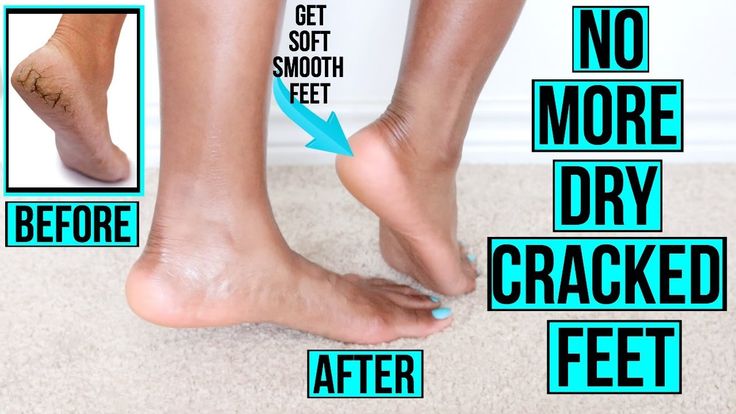
Keep in mind:
Consider purchasing new, well-fitting shoes to help your aching feet. Shoes that provide proper arches can give your feet new life. Also, wear shoes that work for whatever activity you’re engaging in. For example, wear sneakers when exercising.
Icing your feet can reduce inflammation that causes soreness. Apply ice to sore feet by filling a plastic bag with ice or rolling your feet on a frozen water bottle. Try to ice the affected area for 5 to 15 minutes a few times a day to help reduce inflammation.
There are several over-the-counter medications you can try for pain and inflammation. Medications like acetaminophen can target pain, while nonsteroidal anti-inflammatories, like ibuprofen and naproxen sodium, can target pain as well as inflammation.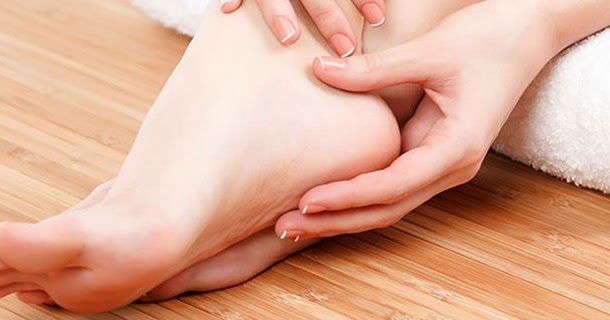
You may need to take these types of medications for a few weeks to completely relieve long-lasting foot inflammation. It may be helpful to talk to a doctor to find out how long you can take one of these medications and avoid the side effects.
You may find that applying a medication topically to your foot helps with foot pain. There are some products available over the counter that offer cooling and pain-relieving sensations. Some of these medications include ingredients like menthol, eucalyptus, and turpentine. Others contain salicylates or substance P to reduce pain.
You may be able to address foot pain while you’re sleeping. Night splints keep your feet in a locked position overnight so you don’t sleep with your feet pointing, which can cause foot pain.
One study suggests that night splints may be a cost-effective and useful way to treat plantar fasciitis, a common foot condition that affects up to 1 million people per year.
Buy night splints online.
Before you try home remedies for sore feet, consider if you have a more serious condition that should be seen by a doctor. You may have injured your foot or developed a condition that can only be treated by your doctor.
You may have injured your foot or developed a condition that can only be treated by your doctor.
Contact your doctor if you:
You should contact your doctor right away if you have diabetes and experience any abnormalities with your feet, as this could be the sign of a serious condition.
There are many methods you can try to relieve sore feet at home. Try a few of these in combination to soothe your sore feet. Keep in mind that it may take some time for your sore feet to feel better.
Contact your doctor if you suspect a more serious foot condition, or if you have severe foot pain. If you have diabetes and experience foot pain, call your doctor immediately.
If you have diabetes and experience foot pain, call your doctor immediately.
Everyone has heard that a contrast shower invigorates the body. But this technology can also be applied locally. Contrasting foot baths are a great way to relieve fatigue, improve blood circulation, and cleanse the skin. In addition, contrasting temperatures contribute to an increase in the tone of the body as a whole, activating the central nervous system and spurring the immune system.
How to make foot baths:
You can also use hot and cold baths separately.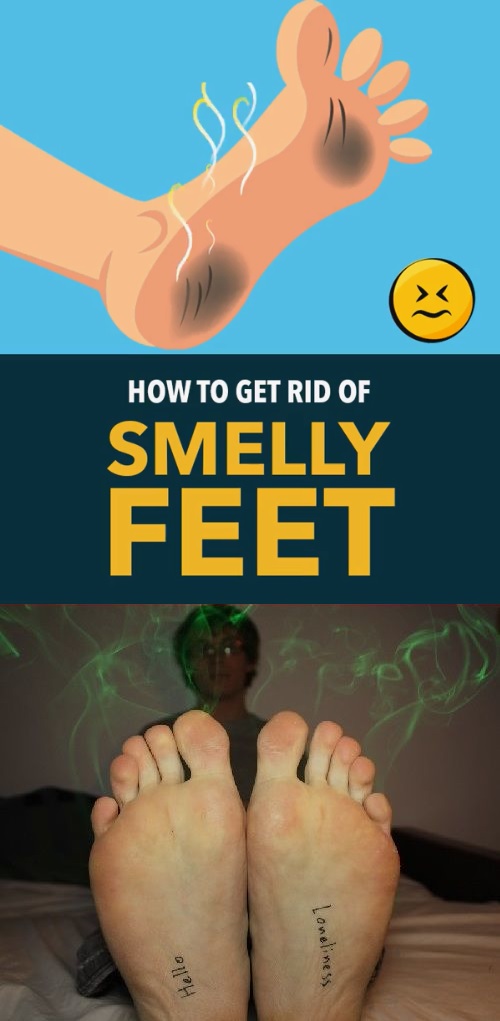 Hot ones are suitable if the legs feel cold or heavy, and cool ones are suitable when you need to relieve fatigue and pain. It is better to increase the temperature of the hot bath gradually, so you will contribute to the gradual expansion of blood vessels.
Hot ones are suitable if the legs feel cold or heavy, and cool ones are suitable when you need to relieve fatigue and pain. It is better to increase the temperature of the hot bath gradually, so you will contribute to the gradual expansion of blood vessels.
The healing power of a relaxing foot massage is impossible to ignore. Firstly, it is pleasant, and secondly, it really helps to relieve muscle tension and improve blood flow. The correct sequence is important here: it’s worth starting with kneading the heels and arch of the foot. Then you can proceed to more "aggressive" actions, pressing the knuckles on the foot and making circular movements. Then the inner arch of the foot needs to be rubbed quite intensively (from heel to toe). But when massaging the calves and shins, it is worth making gentle movements from the bottom up.
It is recommended to apply foot gel with troxerutin after the massage. It tones and pleasantly cools, and also has anti-inflammatory, anti-edematous and antioxidant effects. There are two of them in the CONSUMED assortment: a gel containing 2% troxerutin and a gel with the addition of additional components - leech extract and horse chestnut (you can use the one that will give you the best effect on an ongoing basis, everything is individual).
There are two of them in the CONSUMED assortment: a gel containing 2% troxerutin and a gel with the addition of additional components - leech extract and horse chestnut (you can use the one that will give you the best effect on an ongoing basis, everything is individual).
It is useful to complete the massage with kneading exercises: circular rotations of the feet, walking on tiptoe and heels, raising the legs up. Exercise will also help absorb the gel.
If the legs are chronically disturbed, there may be problems with the veins and blood vessels: a tendency to varicose veins, lymphovenous insufficiency. In such cases, you should immediately consult a doctor who will prescribe the best course of treatment. The course program often includes dietary supplements based on Diosmin and Hesperidin as aids. They help reduce vein extensibility and control venous congestion, reduce capillary permeability, increase their resistance (stability).
The CONSUMED assortment includes venotonic foot products based on these components: Flebonne and Venotonic.
Venotonic promotes:
Phlebonnet helps:
Preparations can be found in two forms of release: 30 and 60 tablets.
dietary supplement. IS NOT A MEDICINE. BEFORE USE, IT IS RECOMMENDED TO CONSULT WITH A SPECIALIST.
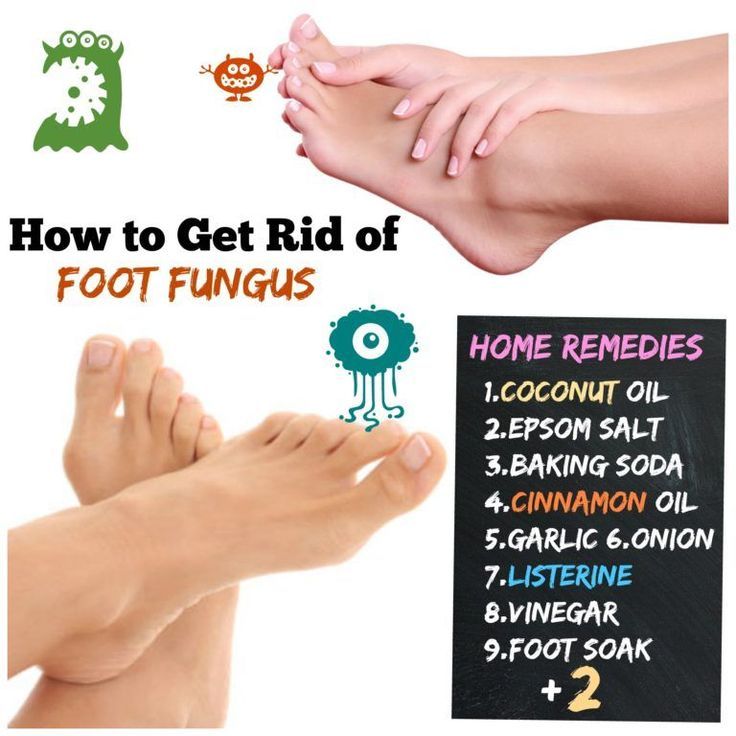
Basic ways to quickly relieve tired legs
For starters, you should be concerned about your legs are less tired. To do this, you should regularly perform a special gymnastics, wear only comfortable shoes, use orthopedic insoles and other similar products. This will help prevent the development of diseases and reduce discomfort after the end of the working day.
If your legs are very tired, they need to be given rest: it is advisable to lie down, moreover, so that the feet are elevated, as this will increase the outflow of blood and help relieve pain faster. The best option - just put a pillow under your feet. It is advisable not to throw one leg at the same time. on the other - this will interfere with the free circulation of blood. If you have varicose veins or other serious disease, be sure to use special medicines prescribed by a doctor.
Diet arithmetic: how to independently calculate your metabolism and learn it Manage The problem of excess weight worries millions of people. But far not everyone who enters into an unequal struggle with the hated kilograms, familiar with the basic principles of weight loss.
But far not everyone who enters into an unequal struggle with the hated kilograms, familiar with the basic principles of weight loss.
After resting for 20-30 minutes, take a foot bath. You you can use a decoction of linden, chamomile, horsetail or plantain for this - You can buy dry herbs at the pharmacy. It's good if you add sea water to salt. The water temperature should not exceed 37o Celsius. Medium the duration of the procedure is 10-15 minutes. By the way, this will help not only relieve discomfort, but also simplify pedicure and foot care.
How to get rid of severe fatigue and pain at the feet
If fatigue is very strong, try use contrast baths. To do this, you need to take two basins, one fill with water at a temperature of about 40 ° Celsius, and the second with cool water. Then you need to dip both legs into the first pelvis, hold for two minutes and dip into second. Repeat this procedure for half an hour.